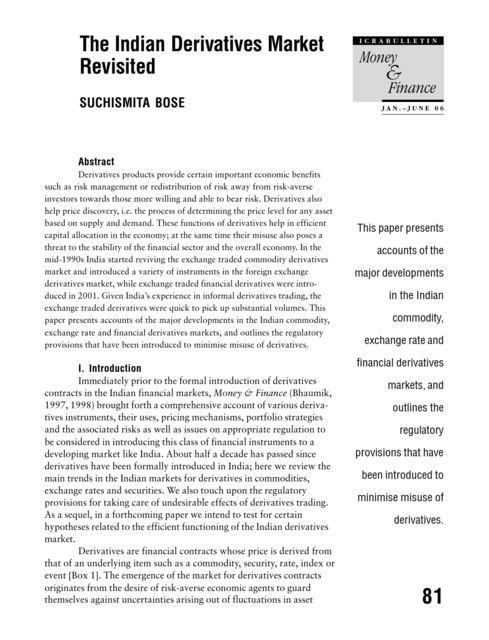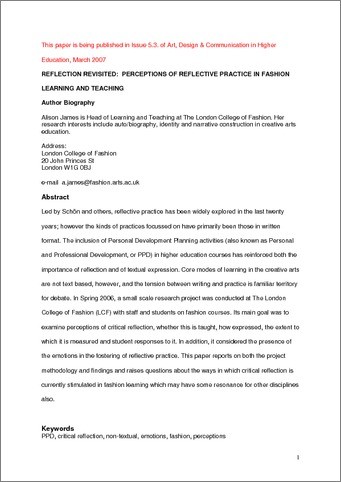Derivatives Revisited
Post on: 25 Май, 2015 No Comment

How Companies Use Derivatives
Source: 1999 Survey of OTC Derivatives Use and Risk Management Practices
Global derivatives activity also continues to expand. The Bank for International Settlement in Basle, Switzerland, reported an $81.5 trillion notional amount (see the glossary) of OTC derivatives outstanding at the end of June 1999, up from $72 trillion in June 1998, as shown on exhibit 3. Exchange-traded contract volumes around the world have grown dramatically, almost tripling from 1990 through late 1999, as illustrated in exhibit 4.
Glossary of Key Terms
Forward contract. Negotiated privately between two parties to buy and sell a specific quantity of a commodity, foreign currency or financial instrument at a specified price, with delivery and/or settlement at a specified future date. Because a forward contract is not formally regulated by an organized exchange, each party to the contract is subject to the default of the other party.
Futures contract. A forward-based contract to make or take delivery of a specified financial instrument, foreign currency or commodity during a specified period, at a specified price or yield. The contract often has provisions for cash settlement. A futures contract is traded on a regulated exchange. As a result, it has less credit risk than a forward contract.
Notional amount. The number of currency units, shares, bushels, pounds or other units specified in a contract to determine settlement.

Swap. A forward-based contract or agreement generally between two counterparties to exchange streams of cash flows over a specified period in the future.
Source: Summary of Derivative Types;
As CPAs and financial managers know, handling derivatives can be difficult for any company. Having a clear understanding of what you’re doing with derivatives and why certainly can help, as the sidebar, “Dealing With Derivatives,” explains. It’s also important for CPAs to understand the changes in how derivatives are bought, sold and managed as a result of the last decade’s problems. This article offers the views of some industry insiders on what those changes are and what they mean for the future of derivatives use.
PROBLEMS UNCOVERED
Despite continued growth, much of the 1990s was a difficult time for derivatives. “Many of the companies we spoke to in 1994 wanted to send this message publicly: ‘We don’t use derivatives,’” says James J. Vinci, CPA, co-head of the PricewaterhouseCoopers financial risk management practices for the Americas region. “They needed to manage the public perception based on what the media was reporting. Some of the things companies did with derivatives in the mid-1990s were speculative. Today there is much better understanding of what is a speculative vs. a nonspeculative use. As a result, I believe there is less speculation going on.”














